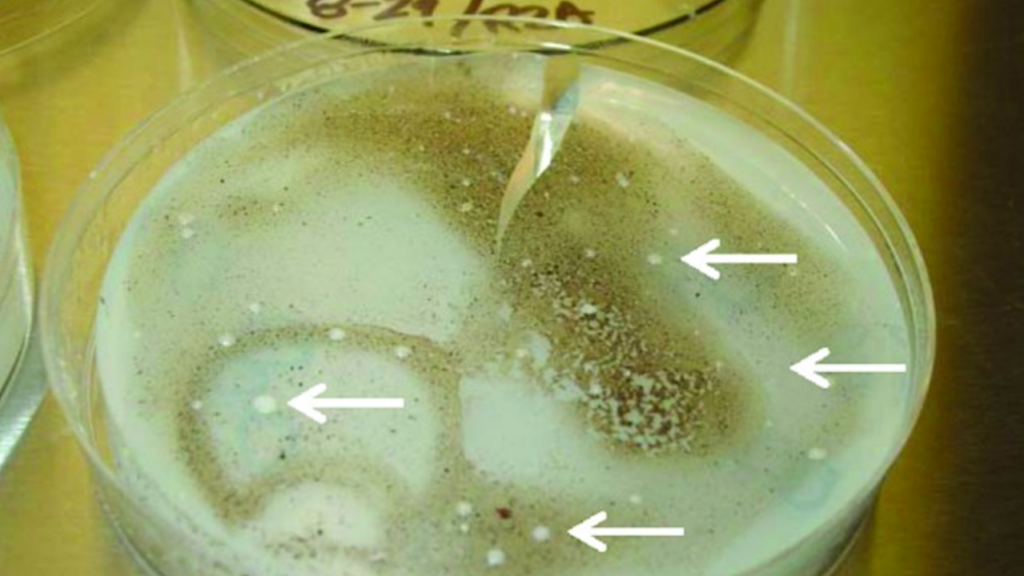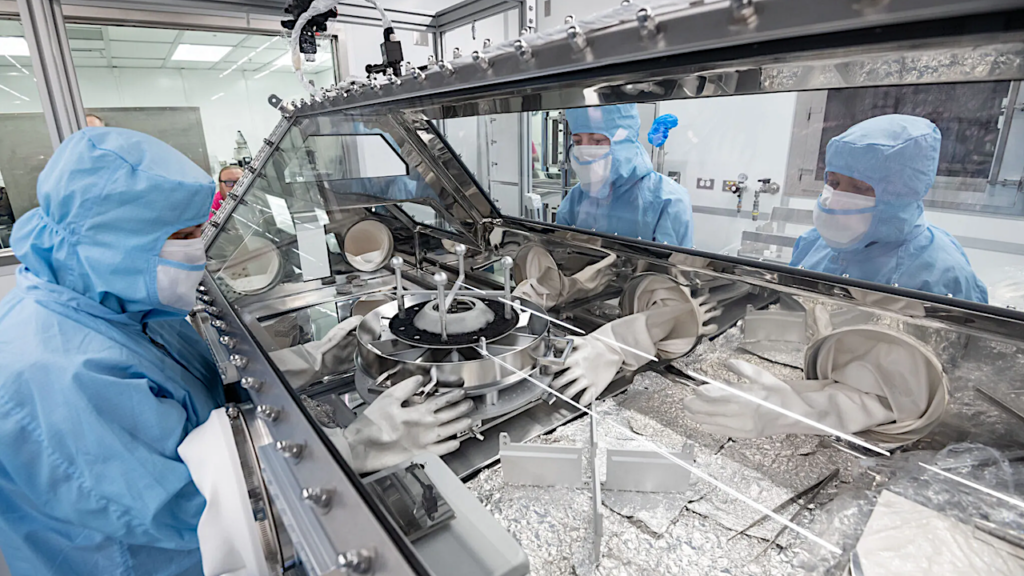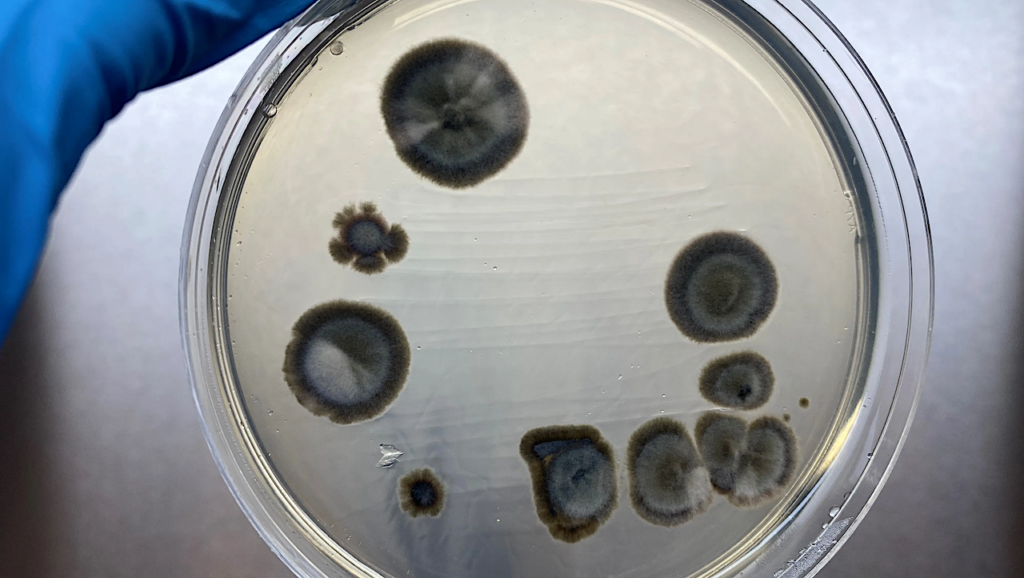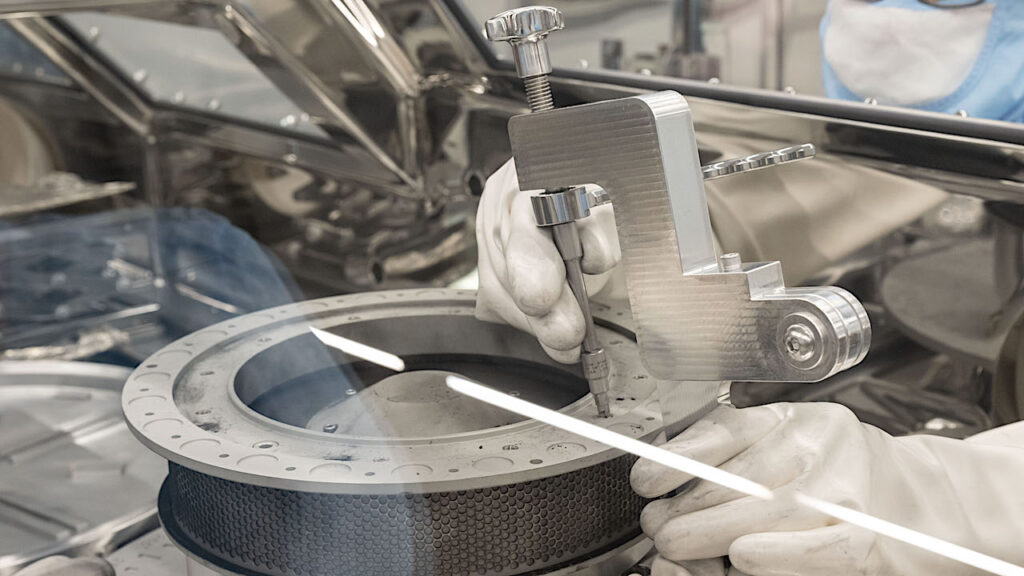Planetary Protection: A Work in Progress

For the past few years, a research team in Antarctica has been drilling through several miles of ice in an effort to reach Lake Vostok. Lake Vostok is the largest of a number of bodies of fresh water trapped deep in the ice and isolated from the rest of Earth’s biosphere for millions of years. What forms of life may exist in Lake Vostok are of interest not only to terrestrial ecologists but also astrobiologists given that moons such as Europa, Ganymede, and Enceladus may have water oceans underneath their outer icy surfaces.
Drilling to such depths is a straightforward process, which has been done many times in many places on Earth. What is difficult – exceedingly so – is drilling such that samples can be collected in a fashion that guarantees that they are not contaminated in any way by the drilling process itself. The whole idea is to see what life does when isolated from everything else. Introducing contamination makes that rather hard to do. Outside contamination could also irreparably destroy the ecosystem in place inside of Lake Vostok.
The same concerns come into play for spacecraft that we send to other worlds. Originally, spacecraft were made to be as clean as possible to make certain that instruments were not detecting Earth life that had hitched a ride. As time passed, additional concerns (some of them ethical) about contaminating possible biospheres contributed to the process of what came to be known as “Planetary Protection”.
One of the cornerstones of Planetary Protection is to be found is the “Treaty on Principles Governing the Activities of States in the Exploration and Use of Outer Space, including the Moon and Other Celestial Bodies”, signed in 1967 which says that “States shall avoid harmful contamination of space and celestial bodies.” Planetary Protection has found its way into a variety of policies, reports, and mission plans over the past half century.
We have abundant evidence as to what can happen when organisms from regions on Earth that have been isolated from one another for significant periods of time are introduced into each other’s environment. Species that are constrained in one environment can thrive – often out of control – in another environment much to the detriment of the original species that were present. Microbes from one region can cause devastating disease in organisms living in another region if they do not have a natural immunity developed as a result of previous and repeated exposure.
In some ways this problem could be compounded if life forms from one planet were introduced into the totally alien ecology of another world. Given the likelihood that the genetic systems and physiology of both worlds would be truly alien, infection is unlikely (but not impossible). Then again, negative interactions can happen in other ways that do not involve infection or predation.
Add in the fact that there is a theoretical possibility that life may actually be swapped between worlds via rocks thrown out during impact events and the need to be absolutely certain that no contamination is present so as to understand possible similarities and ancestries.
As such, if we do encounter an alien biosphere, it would be preferable that there not be any forward contamination (i.e. terrestrial life entering the other world’s biosphere) or back contamination (bringing alien life back to Earth’s biosphere) – unless this is done under the strictest of laboratory conditions.
When we first started to send things out to other worlds, we had a common meme in our heads about whether or not there might be life there since we clung to the notion of “life as we know it”. When we sent a probe to a world that we did not think could support “life as we know it” we did not worry as much about making it sterile. That all started to fall apart in the 1970s when we found ecosystems at the bottom of the oceans inside super hot hydrothermal vents with biochemistries no one had ever thought to imagine. Such extreme environments and “extremeophiles” may not be “extreme ” after all given their abundance on Earth. Add in terrestrial life forms that breathe metal, live in acid springs, nuclear reactors, miles under Earth’s crust, and can survive long term exposure to the cold and vacuum of space, and our definition of “habitable” has undergone a dramatic redefinition – one that is ongoing in its redefinition.
Worlds once thought to be lumps of ice may now have oceans beneath their surfaces. Mars, once thought to be habitable, and then thought to be uninhabitable after the Viking missions, may well have been inhabited after all – possibly still so. Apparently present day Mars offers environments we now know to be habitable in terms of some forms of terrestrial life. Again, our perceptions are constantly changing when it comes to where life can thrive.
Soviet landers on Mars may or may not have used processes to reduce the possibility of carrying terrestrial contamination (it depends if you believe what they claim to have done). Viking adhered to stringent cleanliness standards so as to reduce its “biodurden” or number of microorganisms. This is a work in progress – as we develop better ways to clean things and measure how clean they are, Mars and other words surprise us with yet more locations where life (theirs and/or ours) might thrive. Even if the capability to do such things exists there is the issue as to whether all space agencies adhere to these policies and seek to update them as needed.
Up until now we’ve looked at the need to avoid contamination so as to prevent accurate data on other worlds to be collected and avoid risks to Earth. These are straightforward mission and biosafety concerns that we see in other non-space activities as well. But what about ethical issues? Is it right for one world to risk contaminating another world (or worlds) that may have their own indigenous ecologies? This gets in to the whole “Prime Directive” issue from Star Trek – and endangered species on Earth – but at a much more basic level.
Sending humans to another world with all of their bacterial companions removed would be both impossible and undesirable given that our microbiome – the zoo of microorganisms that live inside and outside of us – is critically important for normal physiological function. As such, if we send humans to Mars or any other world, we are going to contaminate it no matter how hard we try not to. But there are ways to reduce this to a manageable issue. If you look at the advanced spacesuit concepts NASA has developed, they are actually detachable part of the rover or spacecraft. Astronauts climb in and out of them – instead of wearing the suit inside their spacecraft has been the case for the last 50 years.
Our first experience with sending humans to another world is not the best example of good planetary protection. To be certain, the Moon is an exceptionally harsh place – one that no form of life is likely to survive in – even extremeophiles. That said, you need to take precautions anyway until guesses can be confirmed. If nothing else the remnants of dead contaminating organisms will show up on instrumentation. During the Apollo program, astronauts threw their EVA backpacks and other materials (waste and food) onto the lunar surface. Those containers won’t last forever. Indeed, every time they ventured out, they did so in suits that had been exposed to the inside of their lander. And when then came back in, they brought Moon dust with them (it smells like gunpowder according to one Moon walker).
When the first Apollo crews landed back on Earth, the astronauts put on isolation suits (inside their spacecraft), and opened the hatch. Had there been lunar microbes inside, they would have spilled out into Earth’s oceans in minutes. When the astronauts arrived on the nearby aircraft carrier they walked across the deck – with thousands of sailors standing nearby in the open air and entered a mobile quarantine facility – one that leaked. It would be interesting to
go back to these landing sites and see what may have survived inside the trash we left behind.
Even if your spacecraft is not designed to land on a planet it can crash there. Lunar Prospector was not sterilized and was crashed in the dark polar regions of the Moon where water ice has since been discovered. Oops. It’s possible that any living things onboard could have survived the crash – albeit in stasis. Mars Climate Observer was sterilized so when it crashed (unexpectedly) there was not a big concern about contamination since it would have eventually impacted on Mars after it completed its nominal mission. In the case of Galileo (which orbited Jupiter) and Cassini (in orbit around Saturn) the best way to avoid possible contamination of any moons is to deliberately crash the spacecraft into the planet at high speed, thus utterly incinerating everything.
We’re learning this as we go.
Perhaps the biggest question we’ll have to face is what we do if we discover that life currently exists on Mars or other worlds. Given the difficulties in preventing contamination by human explorers, do we declare those world off limits to humans – i.e. robots only? Or do we decide to send humans, exercising all possible caution, and accept the chance that some contamination is worth the risk? And what do we do if we find a world that has regions that Earth life finds to be habitable – or can be made more habitable (terraforming)? Do we have the right to change these worlds to suit out planet’s needs?
Right now these concerns are theoretical. I do not think this will remain the case for long.
—
This following article is a free sample from the March issue of Space Quarterly Magazine. It is our hope that if you enjoy this article you will consider purchasing this issue or subscribing.








